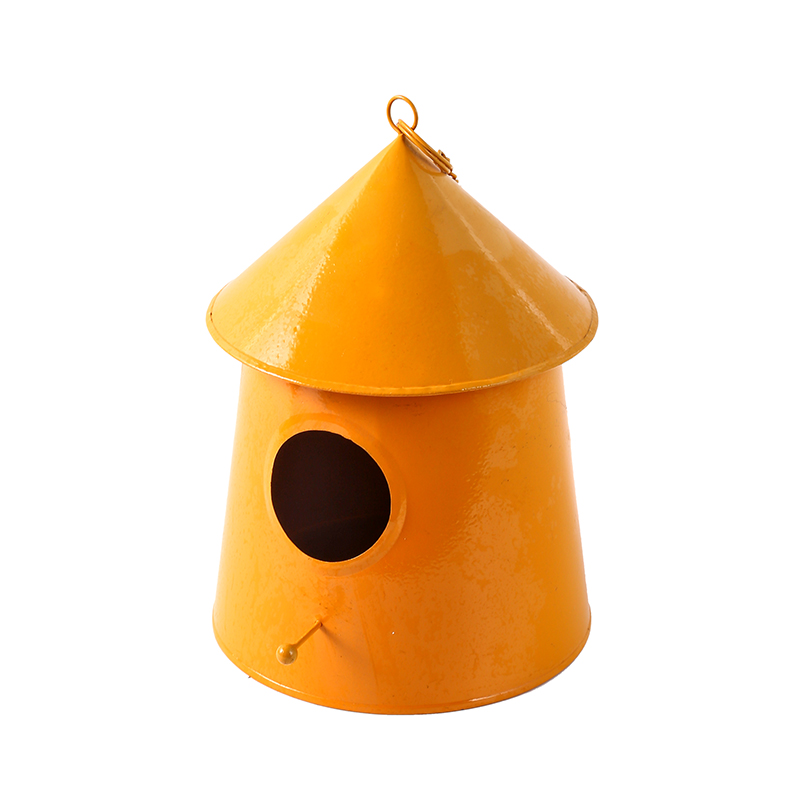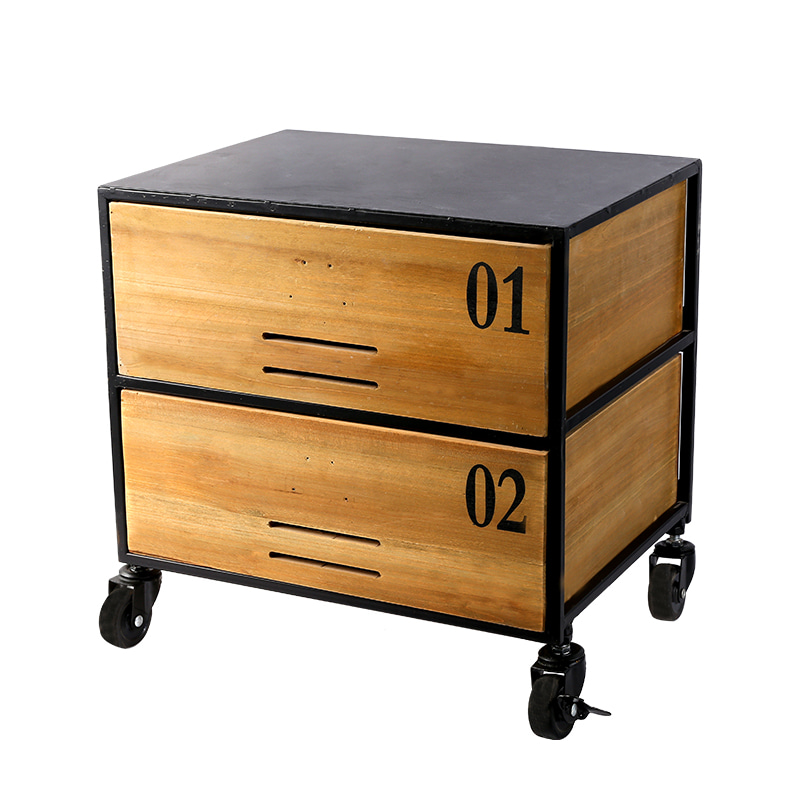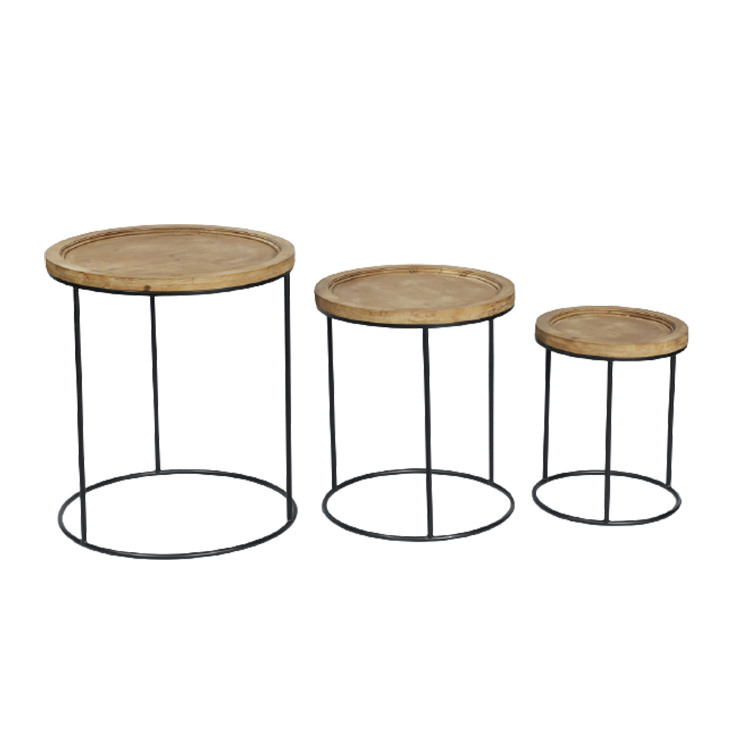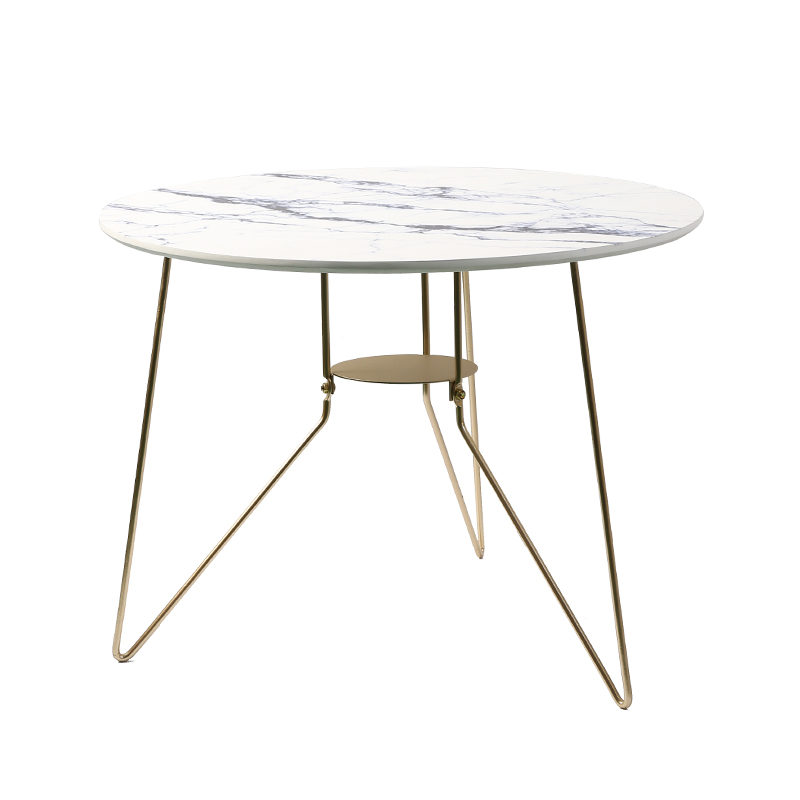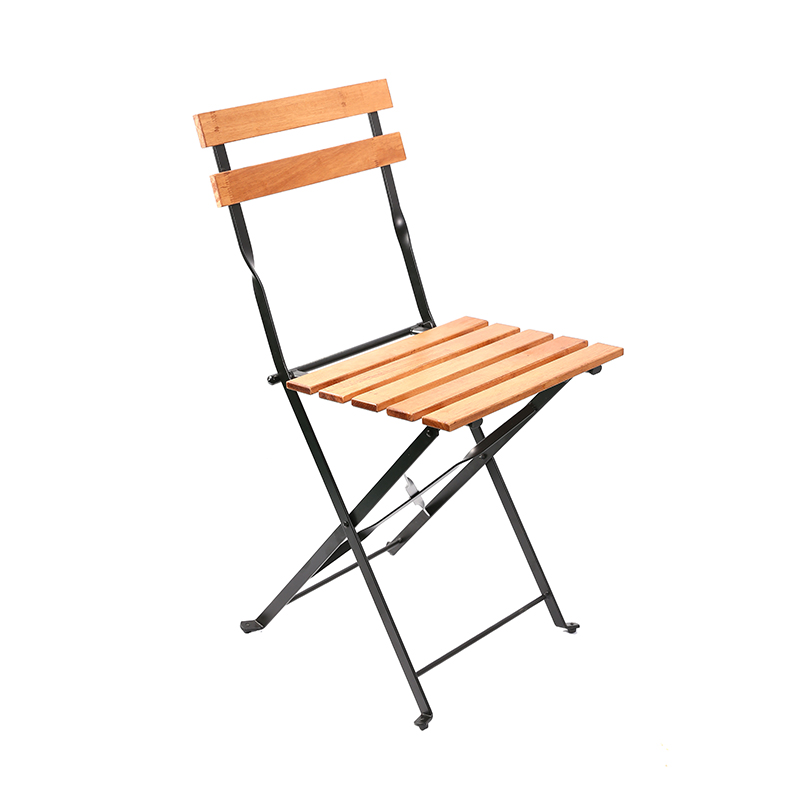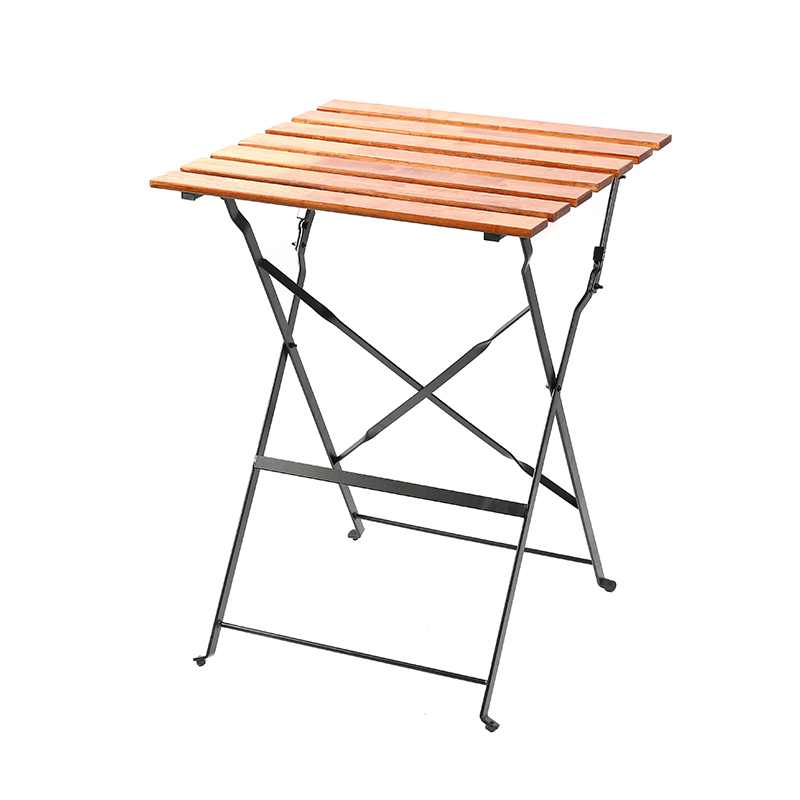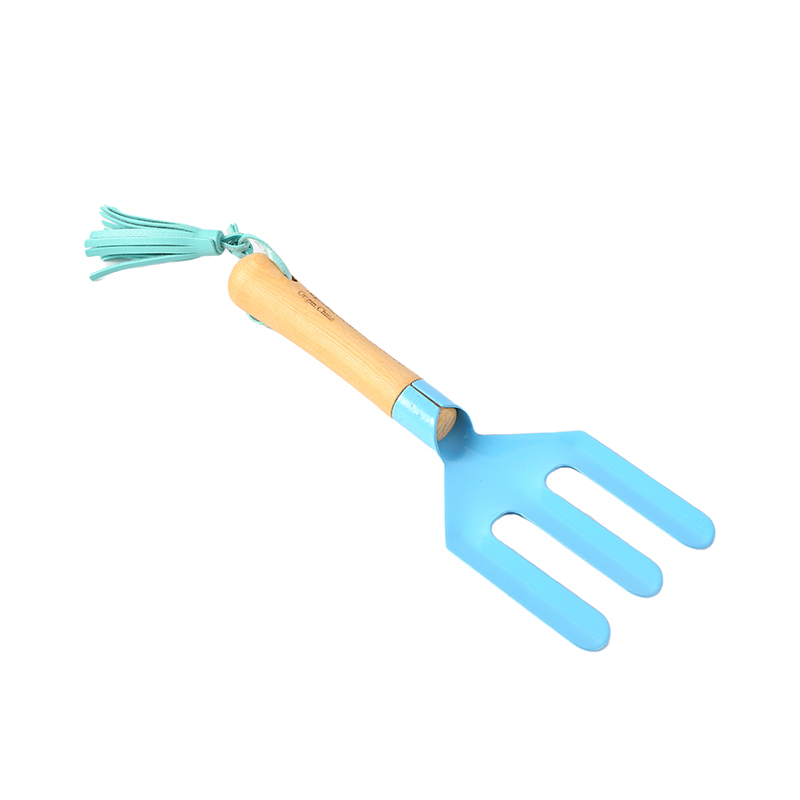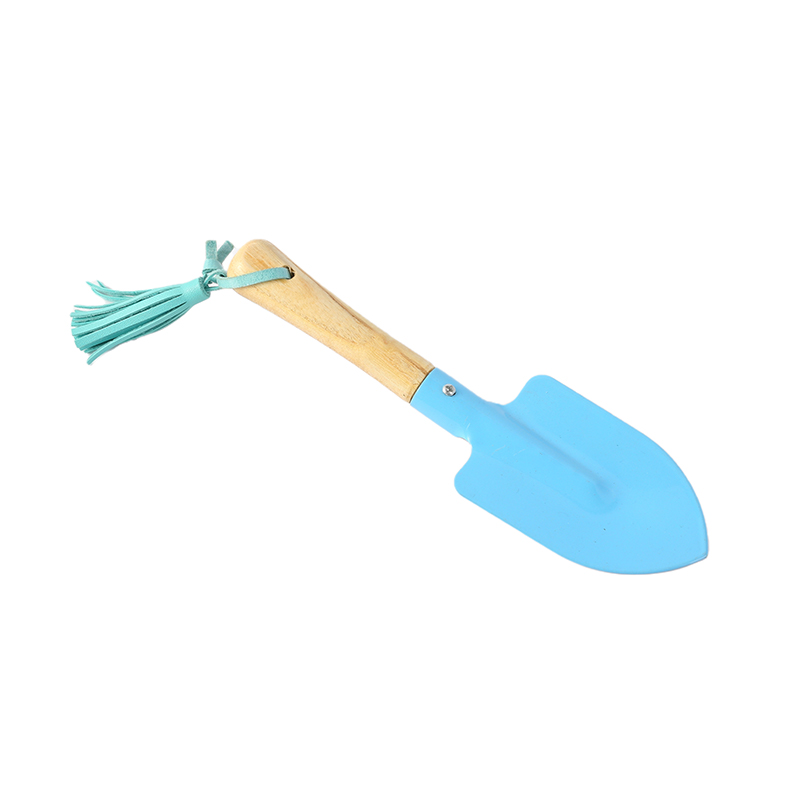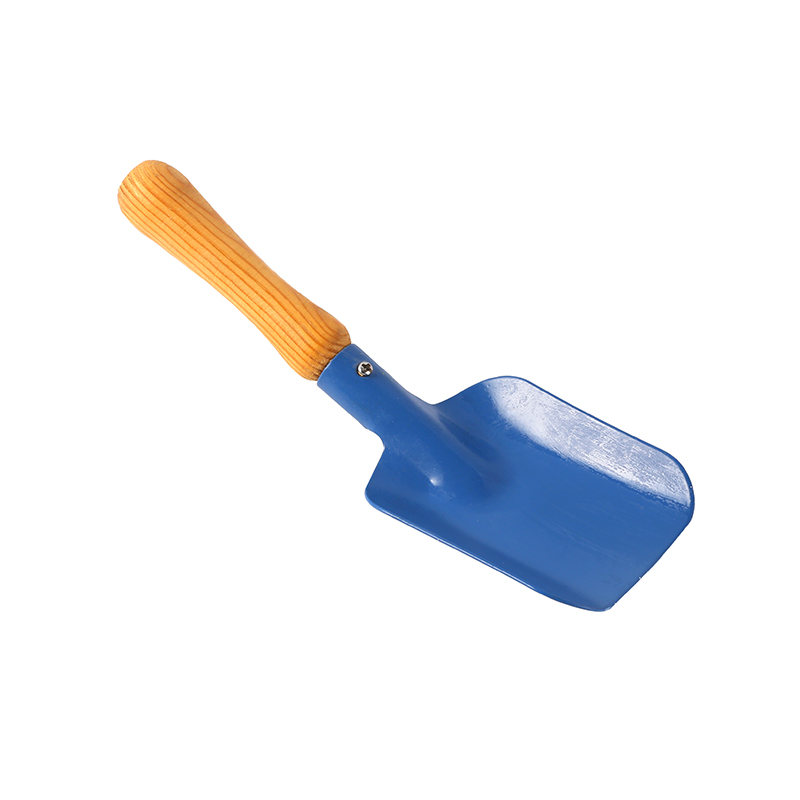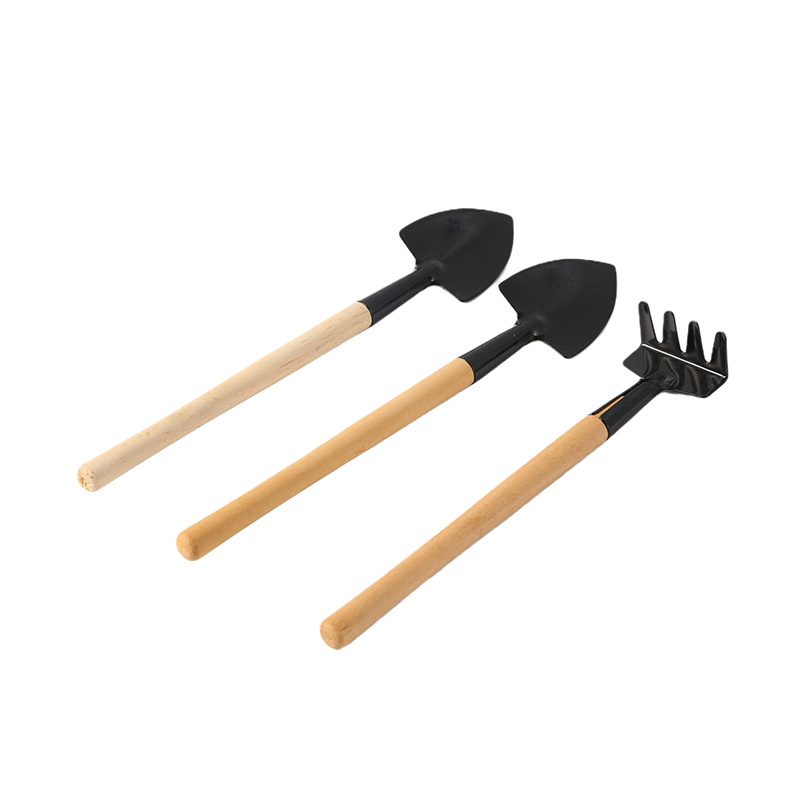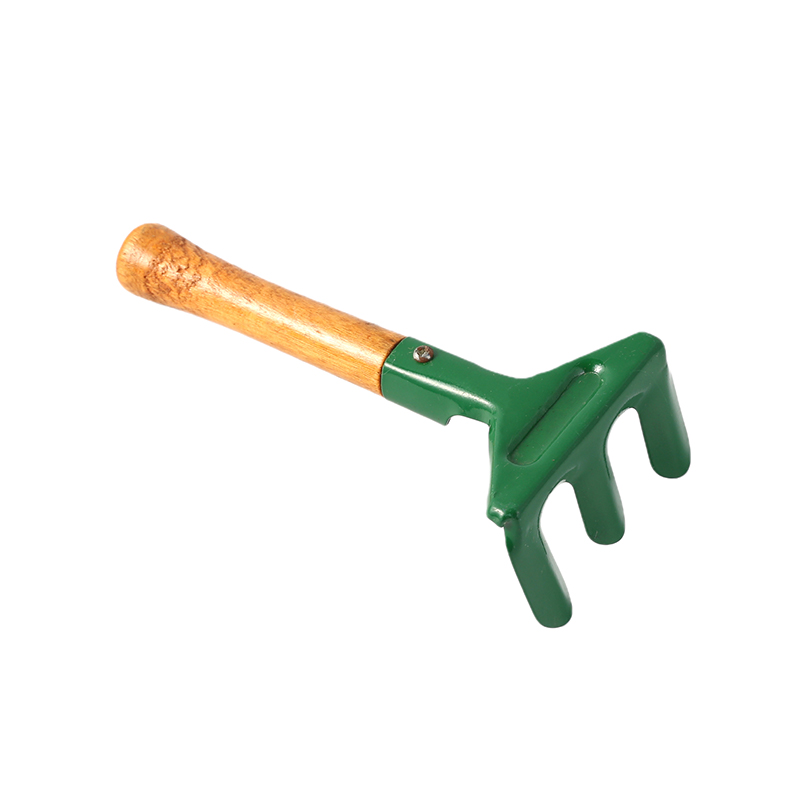Wood has been an essential material for human civilization for thousands of years. It is versatile, durable, and beautiful, making it a popular choice for furniture, art, and crafts. However, as our world faces increasing environmental challenges, sustainability in wood crafts has become a crucial issue. The balance between aesthetics and ecology is now more critical than ever. This article explores the challenges of sustainable wood crafts and provides solutions to balance aesthetics and ecology.
The Challenge of Sustainability in Wood Crafts
The woodcraft industry faces several challenges to sustainability. Firstly, wood is a finite resource. Overexploitation of forests for wood can lead to deforestation, habitat loss, and degradation of ecosystems. Secondly, wood processing and manufacturing can be resource-intensive and energy-consuming, leading to high carbon emissions. Thirdly, the demand for exotic and rare wood species can lead to illegal logging, endangering ecosystems and local communities.
Moreover, there are issues with the disposal of wood waste. Wood waste can be toxic, and its decomposition can produce methane, a potent greenhouse gas that contributes to climate change. Therefore, sustainability in wood crafts must address the entire lifecycle of wood products, from sourcing and manufacturing to disposal.
Balancing Aesthetics and Ecology
Sustainability in wood crafts requires a balance between aesthetics and ecology. It is essential to design and create wood products that are both beautiful and sustainable. Sustainable wood products should consider the following factors:
Responsible Sourcing: The woodcraft industry must source wood responsibly from well-managed forests, preferably from certified sources such as the Forest Stewardship Council (FSC) or the Programme for the Endorsement of Forest Certification (PEFC). Additionally, the industry should prioritize using reclaimed wood or recycled wood products.
Efficient Manufacturing: The woodcraft industry should aim for efficient manufacturing processes that use less energy and reduce waste. This includes using technology that minimizes wood loss and improves resource utilization.
Eco-Friendly Finishes: The industry should use eco-friendly finishes such as water-based or natural oil-based finishes that are free from harmful chemicals.
Innovative Design: Designers and woodworkers should innovate in their design to reduce waste and promote sustainable practices. For instance, using 3D printing technology to create intricate wood designs can reduce the amount of wood waste generated in the manufacturing process.
Disposal: Sustainable wood products should be designed with end-of-life considerations in mind. For example, wood products can be designed for disassembly to facilitate recycling or repurposing.
Conclusion
In conclusion, sustainability in wood crafts is crucial to ensure the longevity of this beautiful material. Balancing aesthetics and ecology is necessary to create wood products that are not only visually appealing but also environmentally responsible. The woodcraft industry must prioritize responsible sourcing, efficient manufacturing, eco-friendly finishes, innovative design, and end-of-life considerations to achieve sustainability. By doing so, the woodcraft industry can contribute to a more sustainable future.
Solid wood 2 drawer bedroom cabinet

Solid wood 2 drawer bedroom cabinet



 English
English Deutsch
Deutsch 中文简体
中文简体
